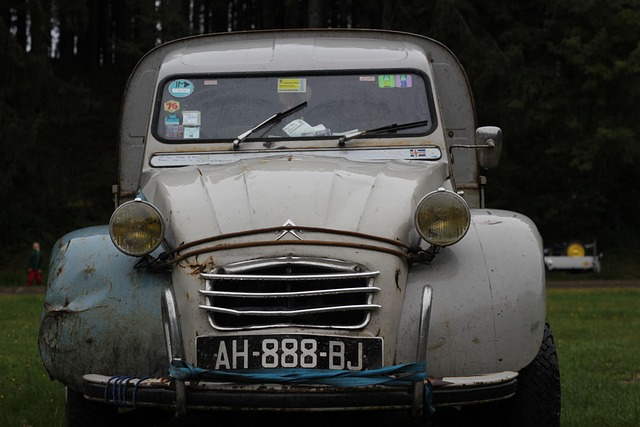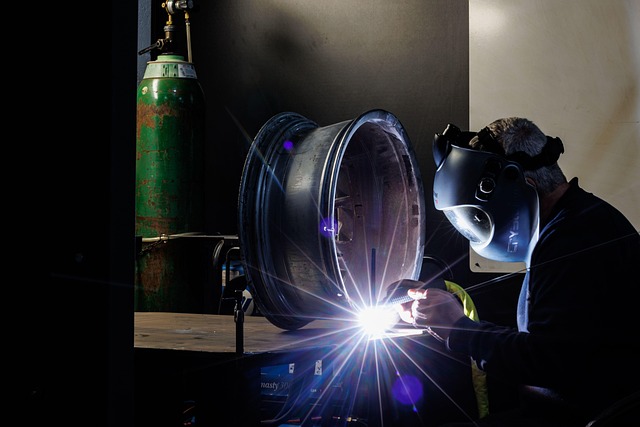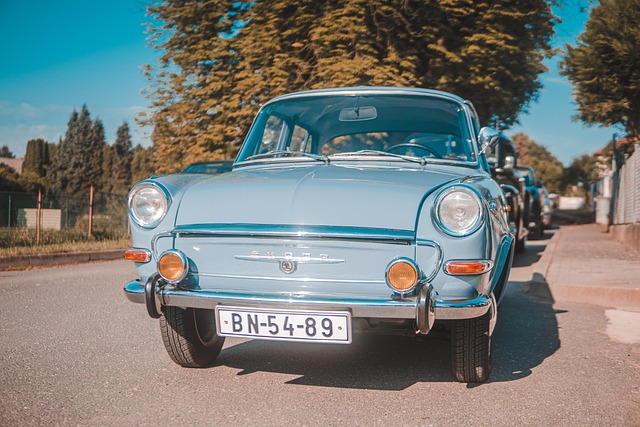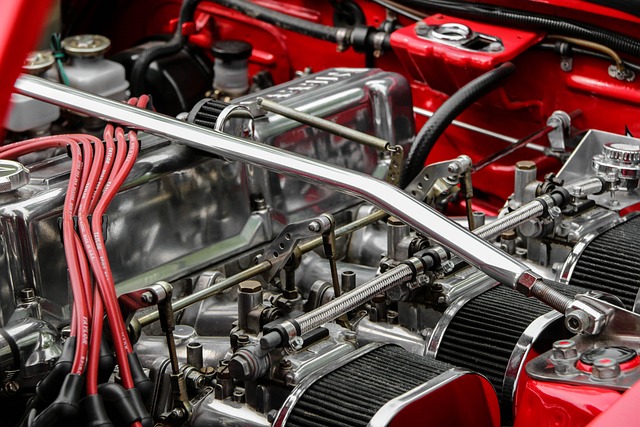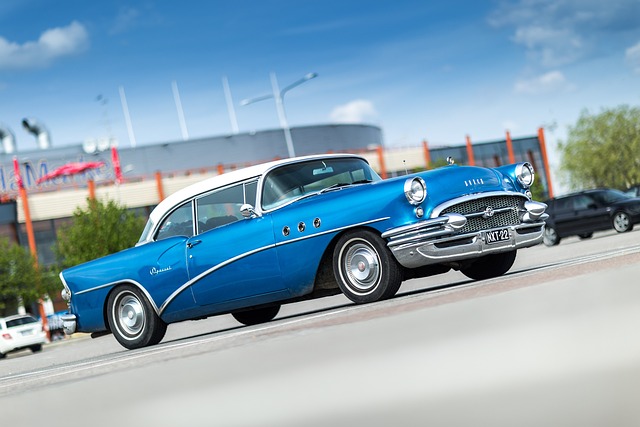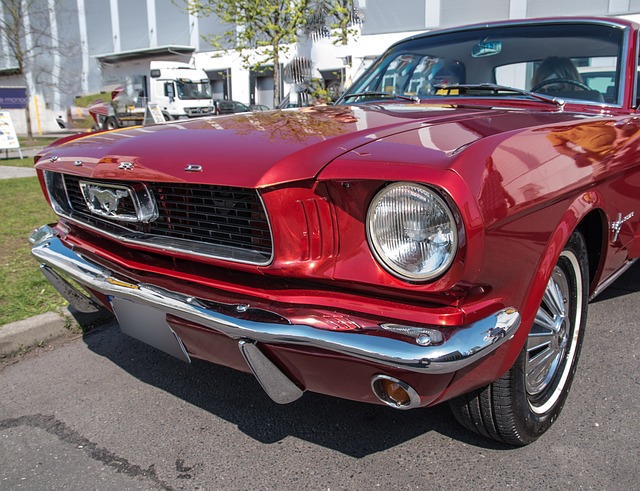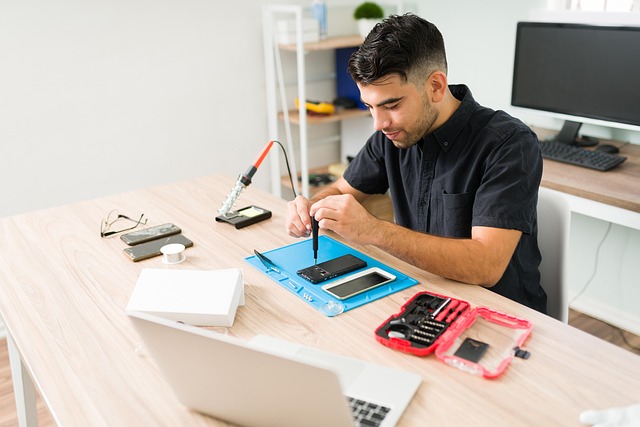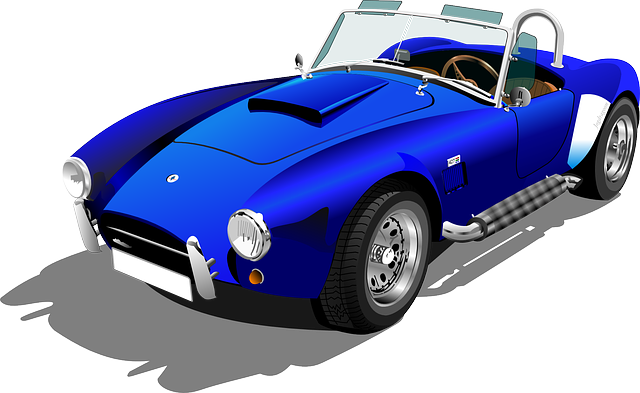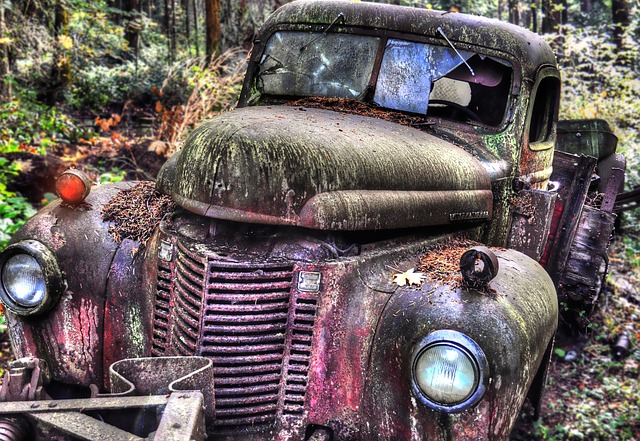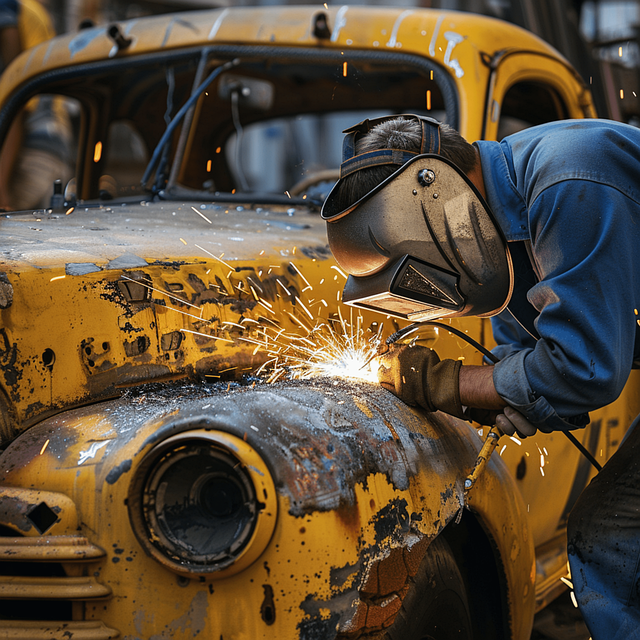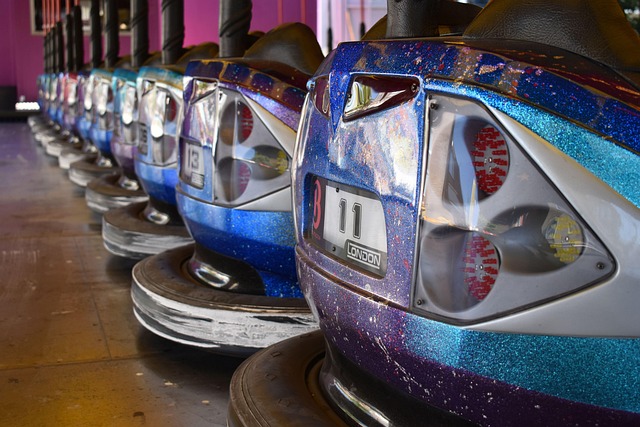Water-based paint has transformed collision repair with its low-odor, quick-drying properties and eco-friendly formulation, reducing volatile organic compounds (VOCs). Professionals use specialized tools and precise techniques to restore damaged vehicles, including degreasing, sanding, priming, and advanced spray application, achieving high-quality results for luxury cars like Mercedes Benzes. This method ensures excellent color matching and protection, rivaling pre-accident conditions through meticulous preparation and top-tier finishes.
In the realm of automotive collision repair, water-based paint has emerged as a game-changer, offering a blend of performance and environmental friendliness. This article delves into the intricacies of water-based paint collision repair, equipping technicians with essential knowledge for successful restoration. From understanding the unique properties and benefits of water-based paints to mastering the step-by-step application process, this guide covers all aspects crucial for achieving flawless results. Essential tools and techniques are also highlighted to ensure efficient and effective repairs.
- Understanding Water-Based Paint: Properties and Benefits for Collision Repair
- The Process of Water-Based Paint Collision Repair: Step-by-Step Guide
- Essential Tools and Techniques for Successful Water-Based Paint Restoration
Understanding Water-Based Paint: Properties and Benefits for Collision Repair
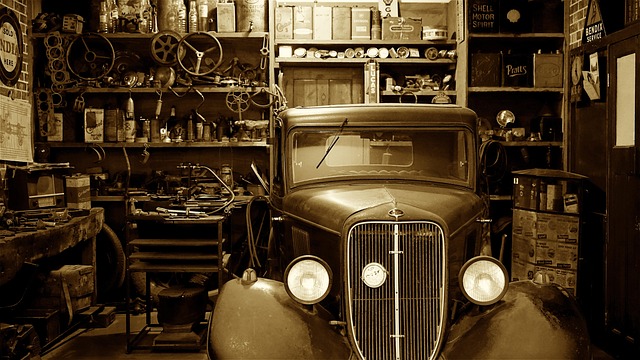
Water-based paint has emerged as a game-changer in the realm of collision repair, offering a unique set of properties that benefit both technicians and vehicle owners. Unlike traditional oil-based paints, water-based varieties are known for their low odor, quick drying time, and easy application, making them a popular choice for eco-conscious consumers and professionals alike.
These paints are highly versatile, suitable for repairing minor scratches, dents, and even significant body damage in vehicle dent repair scenarios. Their ability to adhere to various surfaces and withstand harsh weather conditions makes them a reliable option for collision repair services. Moreover, water-based paint collision repair is often more environmentally friendly, as it reduces the use of volatile organic compounds (VOCs), contributing to a cleaner and greener automotive industry.
The Process of Water-Based Paint Collision Repair: Step-by-Step Guide

The process of water-based paint collision repair involves several meticulous steps to ensure a seamless and durable finish on your vehicle. It begins with thorough preparation of the damaged area, including degressing and sanding to create a clean surface for application. This eco-friendly approach diverges from traditional methods by utilizing water as the primary solvent, eliminating harmful fumes and offering a safer working environment.
Next, technicians apply a primer designed specifically for water-based paints, preparing the surface for color matching. The heart of the process lies in carefully mixing the base coat and topcoat using specialized equipment to achieve the exact shade required. This precise coloring ensures a perfect match with your vehicle’s original paint job. Following application, the painted area is cured through controlled temperature and humidity conditions, resulting in a hard, durable finish. Finally, a clear coat adds protection, enhancing the repair’s longevity. For luxury car owners like those seeking Mercedes Benz repair, this method guarantees not only an aesthetically pleasing car restoration but also adherence to stringent quality standards.
Essential Tools and Techniques for Successful Water-Based Paint Restoration
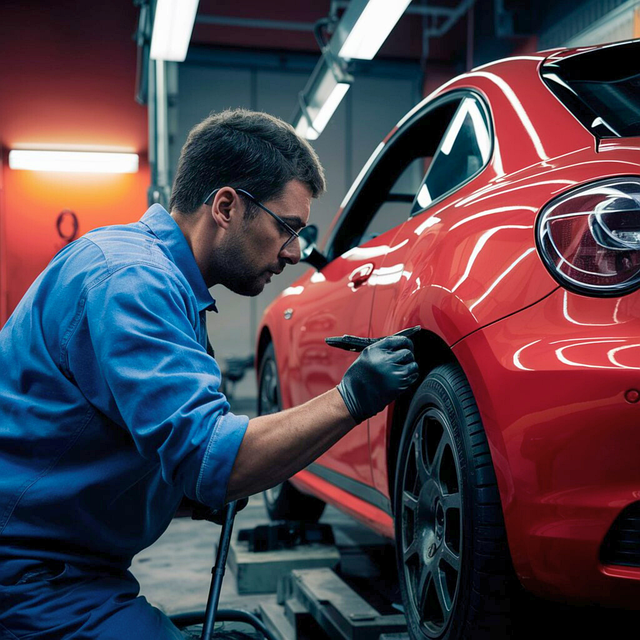
In the realm of water-based paint collision repair, technicians require a specific set of tools and techniques to achieve successful restoration. Essential among these are high-quality sandpaper in various grit sizes, tailored to the extent of damage, and a reliable air compressor for efficient sanding and painting processes. Moreover, an advanced spray gun capable of precise, even coats is indispensable, ensuring minimal overspray and optimal paint adhesion.
Effective techniques include thorough surface preparation with degreasers and primers, which create a clean canvas for the water-based paint. Techniques such as wet sanding between coats enhance smoothness and prevent imperfections. Utilizing these tools and techniques, car repair services can deliver top-notch vehicle collision repair, showcasing expert auto painting skills that restore vehicles to their pre-accident condition.
Water-based paint collision repair offers a sustainable and efficient solution for technicians, providing both environmental and performance benefits. By understanding the unique properties of water-based paints and mastering the repair process, professionals can deliver high-quality results while reducing waste and VOC emissions. With the right tools and techniques, as outlined in this guide, technicians are equipped to excel in this eco-friendly approach to automotive refinishing.
